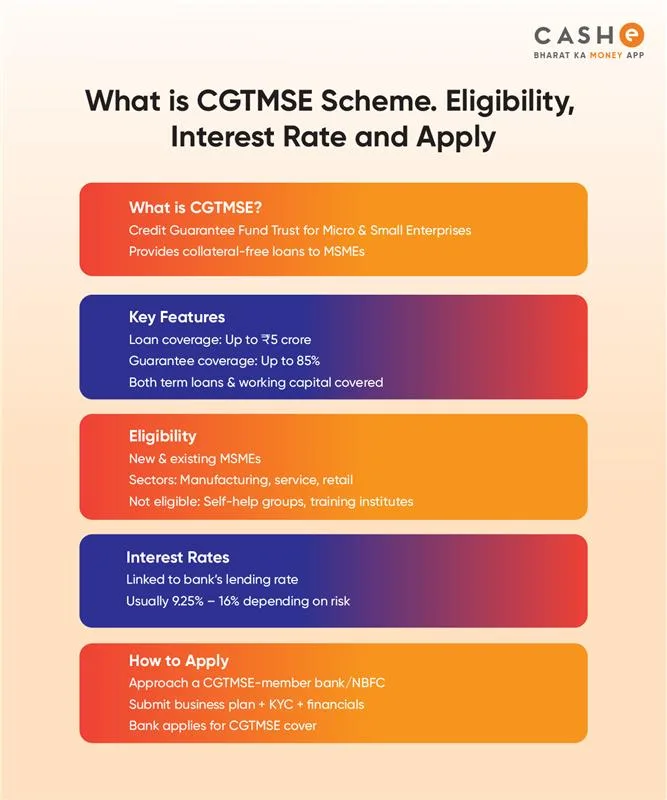We often look for loans when we need cash during an emergency. Loans are a common way for people to get the money they need for various purposes. It could be for buying a house, a car, or paying for education or some other thing. When you take out a loan, you agree to pay back the borrowed money with interest, over a certain period. And this is how the loan world works. Isn’t it? The length for which you would be taking out the loan is known as the loan term and it is something that directly impacts your monthly payments and the overall cost of the loan.
That’s why in this article, we would discuss different types of loans on the basis of the periods and understand how they are different from each other. This loan comparison would surely help understand how they affect your monthly payments.
Types of Loan
Well, loans can be broadly divided into two types:
Short Term Loan
Long Term Loan
What is a Short-Term Loan?
Now, let’s understand what is a short term loan. A shot term loan is basically a loan with a brief repayment period. These loans usually have terms that range from a few months to a couple of years. Short-term loans are often used for immediate financial needs or when you want to pay off the debt quickly. As they have a shorter repayment period, you would generally pay less in total interest. However, it must also be noted that your monthly payments will be higher compared to a long-term loan.
What is a Long-Term Loan?
On the other hand, a long-term loan is a loan with an extended repayment period, which usually can span several years. Long-term loans are common when people often look forward to financing substantial investments like a home or a business. With a long-term loan, your monthly payments are lower and that is what makes it more manageable on a month-to-month basis. However, the downside is that you would end up paying more in total interest over the life of the loan due to the extended repayment period.
Difference in Long & Short Term
Monthly Payments
Short-Term:Short-term loans have higher monthly payments because you would be repaying the principal amount and interest over a shorter loan period.
Long-Term:Long-term loans come with lower monthly payments because you have an extended period to clear off your dues. This can make it easier to manage your day-to-day finances, however, it may result in higher total interest costs.
Interest
Short-Term: Though short-term loans have higher monthly payments, you would pay less in total interest as the life of the loan is short.
Long-Term: Long-term loans may have lower monthly payments, but they come with higher total interest costs. Since the repayment period is long, the interest has more time to accrue, which eventually results in a larger overall interest payment.
Loan Aproval

Short-Term: These loans are often easier to get approved for as the lender is taking on less risk due to the shorter loan period.
Long-Term: Long-term loans, in general, require strict approval criteria as the lender or the bank has to give you credit over a more extended period, thereby, increasing the risk.
Financial Goals
Short-Term: These are the loans that are suitable for immediate needs and for those who can afford higher monthly payments. They are ideal for situations like emergency expenses or short-term projects.
Long-Term: Long-term loans are better for substantial investments such as buying a home or starting a business, where you can handle lower monthly payments over time.
Must Read: Comparing Loan Offers: Using Loan Calculators to Find the Best Deal
Flexibility
Short-Term:Short-term loans offer less flexibility as they require more significant monthly payments.
Long-Term: Long-term loans provide greater financial flexibility due to lower monthly payments.
Conclusion
So, now that you know the major differences between short-term loans and long-term loans, which one should you go for? Well, the choice between short-term and long-term loan terms is not one-size-fits-all. It all depends on your financial situation, goals, and your ability to manage monthly payments.











